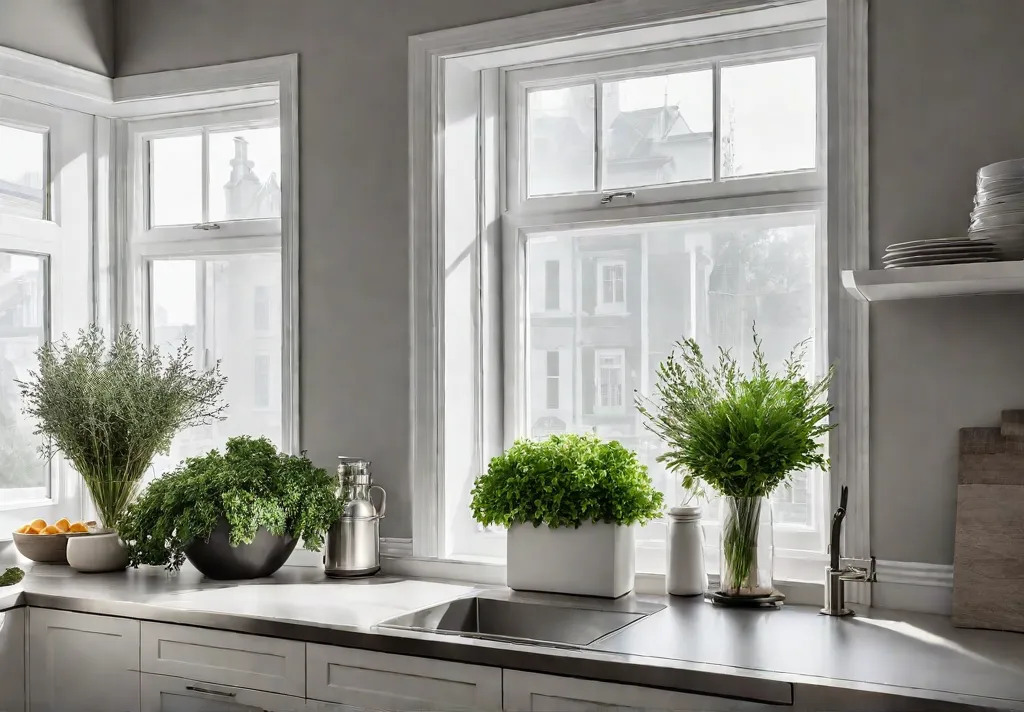Are you tired of constantly searching cluttered cabinets and drawers for kitchen tools? Well, you're not alone. The average American household has over 300 kitchen gadgets, many used only once or twice a year. That's a lot of stuff taking up valuable space in your kitchen!
As a home and garden specialist passionate about sustainable design, I know the importance of having a functional, clutter-free kitchen. Not only does it make cooking and meal preparation easier, but it can also reduce stress and improve your overall well-being. I'm here to share eight items you can easily eliminate from your kitchen to declutter like a pro.
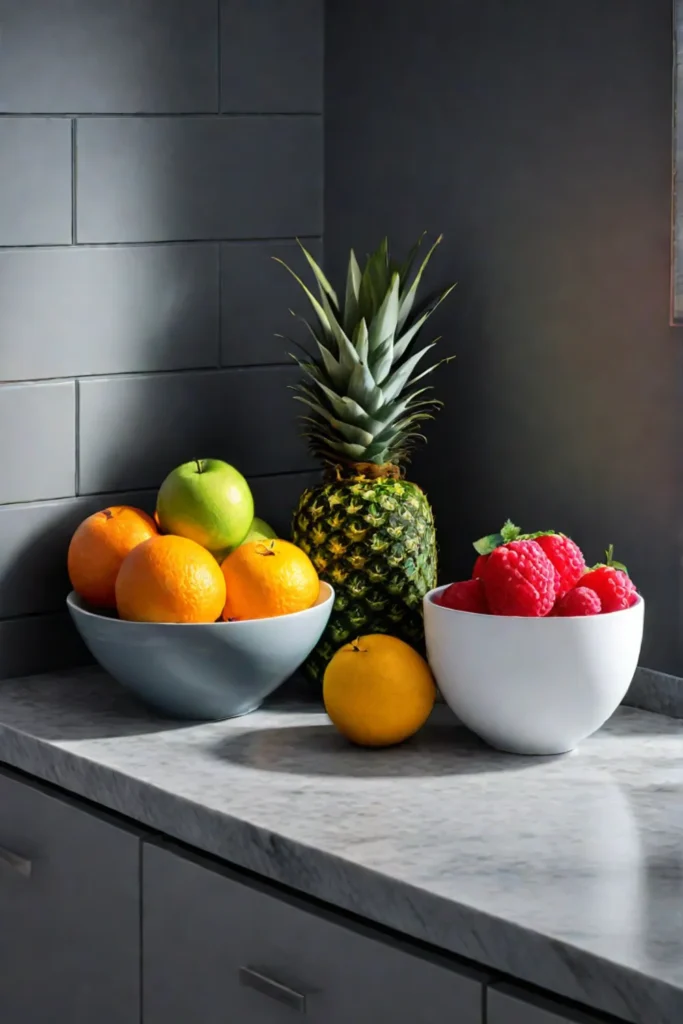
Whether you have a small galley kitchen or a spacious chef's dream, these tips will help you streamline your space and create a more enjoyable cooking environment. So, let's dive in and start decluttering!
Single-Use Gadgets
One of the biggest culprits of kitchen clutter is single-use gadgets. These tools are designed for a specific task that may only be used once or twice a year. Think about that avocado slicer or the egg separator—do you really need them taking up valuable drawer space?
Instead of holding onto these specialized tools, consider replacing them with more versatile kitchen essentials. For example, a sharp knife can easily slice eggs, and a grater can grate hard-boiled eggs for egg salad. A mortar and pestle can replace a garlic press, allowing you to crush and grind garlic easily.
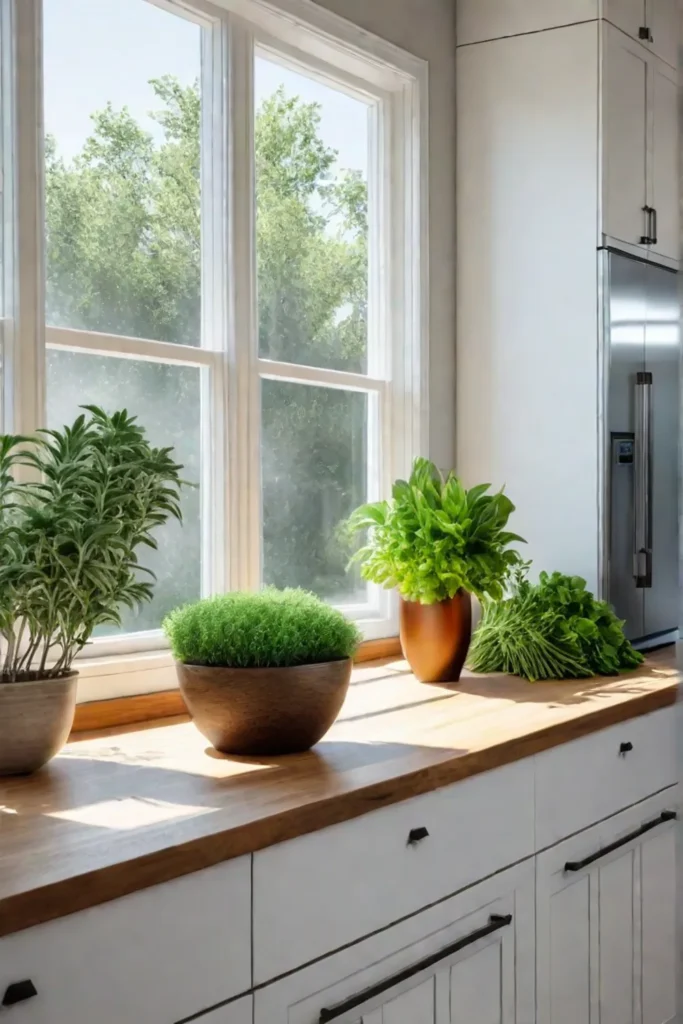
Identifying and eliminating single-use gadgets can free up valuable storage space and streamline your cooking process. No more rummaging through cluttered drawers to find the right tool for the job!
Duplicate Utensils
It's easy to accumulate duplicate kitchen utensils, especially if you've received them as gifts or picked them up on a whim. But do you need seven spatulas or six can openers? Probably not.
Take a look at your utensil drawer and see where you can consolidate. Choose the ones in the best and most functional condition that fits your cooking style. Then, please find a way to neatly organize the remaining essentials using drawer dividers or a wall-mounted rack.

Eliminating duplicate utensils not only creates more organized storage but also makes it easier to find what you need when you're in the middle of cooking—no more digging through a messy drawer to locate that perfect spatula.
Excess Dishware
It's easy to accumulate excessive dishes, bowls, and cups, especially if you've collected them over the years or received them as gifts. But do you need enough dishware to serve 12-16 people when your household is just 2-3?
Look at your dishware collection and identify the pieces you don't use regularly. Oversized serving platters, specialty-shaped plates, and mismatched sets are often good candidates for decluttering. Consider repurposing or donating these items to free up valuable storage space.
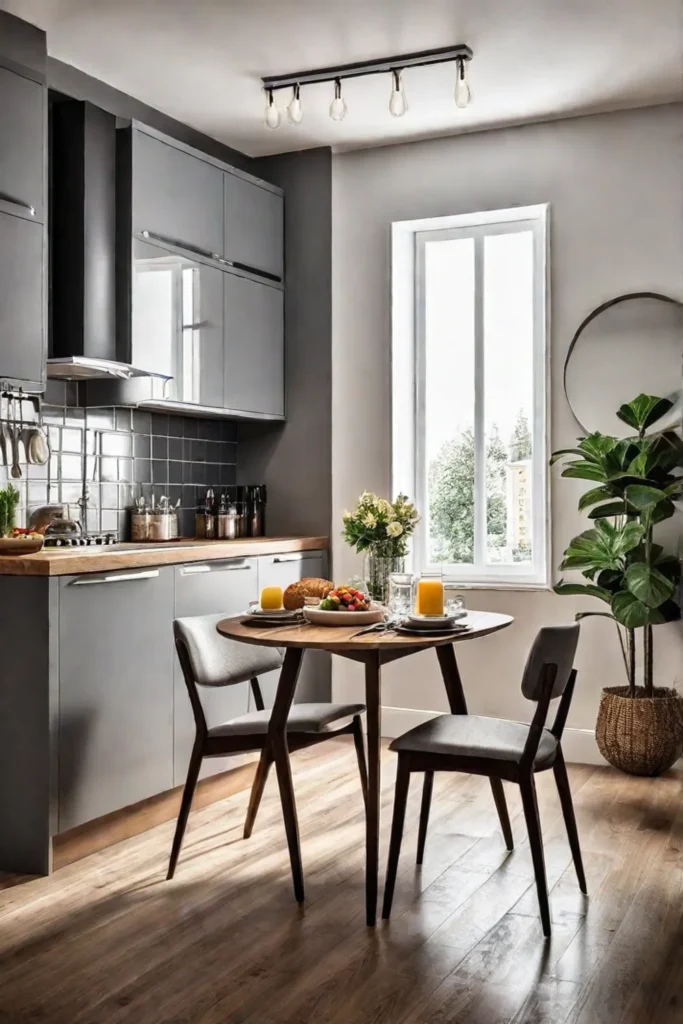
Once you've pared down your dishware, focus on finding the right amount for your household. Aim for a practical, versatile set that meets your daily needs without taking up too much space in your cabinets.
Expired Food
Expired and forgotten food items can quickly occupy valuable space in your pantry and refrigerator. Not only do they occupy precious real estate, but they can also attract pests and create an unpleasant environment in your kitchen.
Make a habit of regularly checking expiration dates on your food items. Canned goods, spices, and condiments are common culprits, so inspect them thoroughly. If something has expired, don't hesitate to toss it out and recycle the container.

To prevent future food waste, try implementing a "first-in, first-out" system. Plan your meals and use up perishable items before they go bad. You can also freeze food items you won't use before expiration or consider donating non-perishable goods to a local food bank.
Unused Small Appliances
Small kitchen appliances, such as blenders, food processors, and specialty cookers, can quickly clutter your countertops and cabinets if unused regularly. Take a good look at your appliances and ask yourself: When was the last time I used this?
If an appliance has been sitting idle for months or years, it's probably time to let it go. Consider selling or donating the item to free up valuable storage space. Remember, there are often versatile kitchen tools that can perform the same functions as multiple single-purpose appliances. For example, a food processor can replace a juicer, bread maker, and more.

Eliminating unused small appliances can create a more streamlined and functional kitchen that's a pleasure to work in.
Excessive Bakeware
Baking enthusiasts can quickly accumulate an overwhelming collection of pans, dishes, and other baking tools. While having a well-stocked bakeware collection is great, too much can lead to clutter and disorganization.
Start by taking inventory of your current bakeware. Identify the pieces you use regularly and the ones that are rarely touched. Specialty cake pans, mini muffin tins, and oversized roasting pans are often good candidates for decluttering.
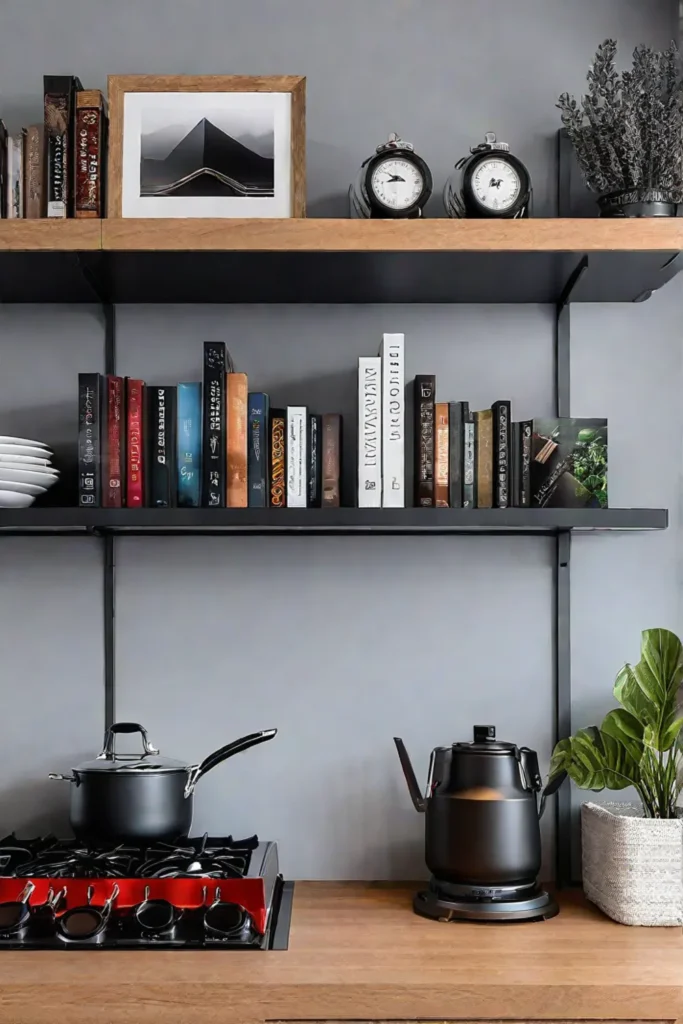
Instead of holding onto these single-use items, consider investing in more versatile baking tools. Silicone baking mats, for example, can replace parchment paper and be used for various tasks. Multi-purpose baking sheets can also serve many purposes, reducing the need for numerous specialized pans.
Once you've pared down your bakeware, focus on finding smart storage solutions, such as stackable containers or hanging racks, to keep your remaining essentials organized and easily accessible.
Unused Cookbooks
Many of us have accumulated a collection of cookbooks over the years, but how often do we use them? If you're like most people, you probably only regularly refer to a handful of your cookbook collection while the rest gather dust on the shelf.
Look at your cookbook stash and identify the titles you reach for the most. Regional cuisine cookbooks you never use, outdated trends, or specialty diets you don't follow are all candidates for decluttering.

Instead of holding onto physical cookbooks you don't need, consider exploring the wealth of online digital recipe resources. Websites like Allrecipes, Epicurious, and Food Network offer a vast library of recipes at your fingertips without taking up valuable shelf space.
By decluttering your cookbook collection, you can free up room for the titles you truly love and enjoy, making it easier to find the recipes you use most often.
Unused Linens
Kitchen linens, such as towels, potholders, and aprons, can quickly accumulate and take up valuable storage space. It's easy to hold onto specialty-themed towels or single-use potholders, but do you need them cluttering your drawers and cabinets?
Go through your current linen collection and identify the items you use regularly. Specialty items and rarely worn aprons are good candidates for decluttering. Consider finding more versatile, multi-purpose replacements, such as reusable silicone potholders or machine-washable aprons.
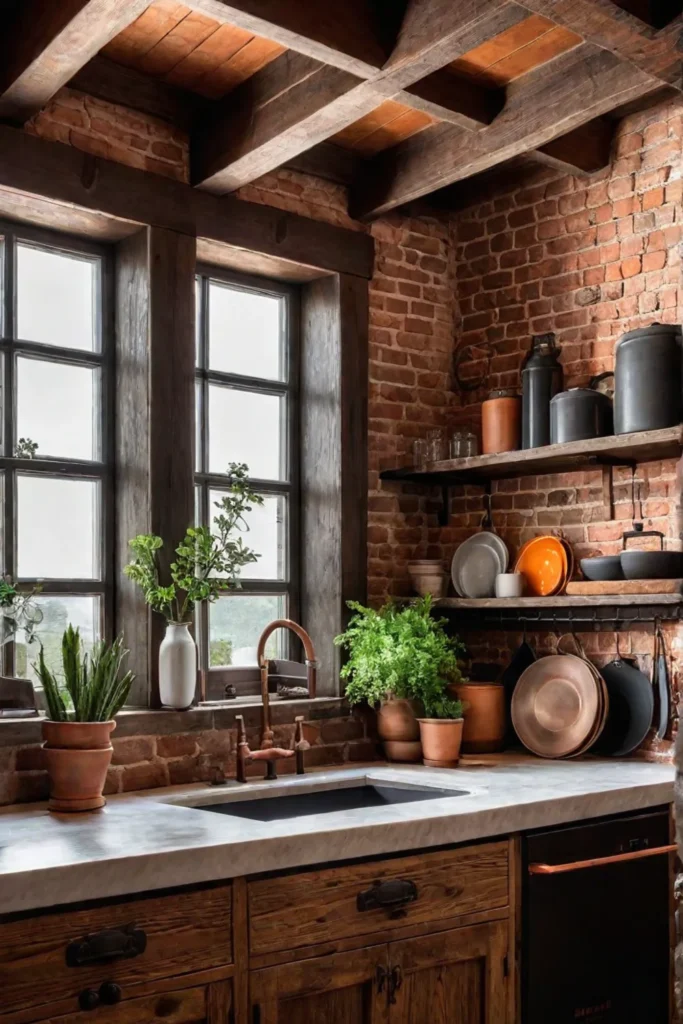
Once you've pared down your linens, focus on finding smart storage solutions to keep your essentials organized and easily accessible. Drawer organizers, hanging racks, and dedicated linen closets can all help create a clutter-free kitchen.
Conclusion
By eliminating these eight items from your kitchen, you can create a more streamlined and functional space that's a pleasure to cook in. Decluttering is an ongoing process, so evaluate your kitchen items regularly and let go of anything that's not serving you.
With a little effort, you can enjoy a clutter-free kitchen that makes cooking and meal preparation a breeze. So, what are you waiting for? Start decluttering like a pro today!
